Fundamental Differences Between Analog and Digital Control Systems
The two primary approaches for designing and implementing control mechanisms for various applications are analog and digital control systems. Each approach has unique qualities, benefits, and drawbacks. It is essential to comprehend the basic distinctions between these two systems in order to choose the best control approach for a specific application. The basic differences between analog and digital control systems are examined in this section, with particular attention to their components, signal processing, implementation, and operating principles.
Operating Principles
Analog Control Systems: Continuous signals are used in analog control systems. They process signals that can fluctuate smoothly over a range of values using analog electronic components.
Digital Control Systems: Discrete signals are used in digital control systems. They use digital electronics to process information, and binary values (0s and 1s) are used to represent signals.
Components
Analog Control Systems:
Key Components: Analog sensors, resistors, capacitors, inductors, and operational amplifiers (op-amps).
Signal Processing: Filters, amplifiers, and modulators are some of the continuous signal-processing elements used in analog systems.
Digital Control Systems:
Key Components: Digital sensors, analog-to-digital converters (ADCs), digital-to-analog converters (DACs), microcontrollers (MCUs), and digital signal processors (DSPs).
Signal Processing: Software algorithms that run on MCUs or DSPs are used in digital systems to carry out discrete signal processing techniques.
Signal Processing
Analog Control Systems:
Continuous Processing: Analog systems react instantly to input changes because they process signals continuously.
Noise Sensitivity: Analog signals are vulnerable to noise and interference, affecting the control system's precision and stability.
Digital Control Systems:
Discrete Processing: At specific intervals, digital systems take discrete samples of analog input signals, process them using digital algorithms, and then generate discrete control signals that can be converted back to the analog domain.
Noise Immunity: Digital signals are less vulnerable to noise and interference since they are represented by distinct binary values.
Implementation
Analog Control Systems:
Design Complexity: For analog systems to function properly, precise component layout and selection are necessary. Hardware adjustments are frequently required as a result of design changes.
Calibration and Tuning: Components of analog systems must be manually calibrated and tuned, which can take a lot of time.
Digital Control Systems:
Design Flexibility: Software programming allows for greater flexibility in digital systems. Design changes can be implemented simply by upgrading the software code.
Calibration and Tuning: Software algorithms can be used to automatically calibrate and tune digital systems, making adjustments simpler.
Practical Considerations
Analog Control Systems:
Power Consumption: Usually need more electricity since analog components must run continuously.
Cost: can be less expensive for simpler applications, but it could get pricey for complex designs requiring high accuracy.
Digital Control Systems:
Power Consumption: More power-efficient in general, particularly in designs based on low-power microcontrollers.
Cost: Since microcontrollers or DSPs are required, initial costs can be higher but, for complex applications, they provide scalability and lower costs.
Performance Metrics: How to Compare Analog and Digital Control Systems
When comparing analog and digital control systems, it is crucial to compare them using various performance metrics. These metrics aid in choosing the most suitable control strategy for a specific application and offer a thorough grasp of how each system operates under different conditions.
Stability
Analog Control Systems:
Principle: Continuous feedback loops and thoughtfully constructed circuit components are key to the stability of analog control systems.
Evaluation: Techniques like Nyquist criteria and Bode plots can be used to analyze stability.
Digital Control Systems:
Principle: Discrete-time algorithms, which frequently employ techniques like z-transforms and discrete-time state-space analysis, are used in digital control systems to maintain stability.
Evaluation: In the discrete domain, stability analysis is carried out utilizing tools such as frequency response analysis and root locus.
Transient Response
Analog Control Systems:
Principle: The continuous behavior of an analog system's feedback loops and components determines its transient response.
Evaluation: An oscilloscope can be used to measure transient response metrics such as rising time, settling time, and overshoot.
Digital Control Systems:
Principle: Digital systems use algorithmic adjustments and discrete sampling to manage transient response.
Evaluation: Transient response is analyzed using simulation tools such as MATLAB/Simulink, with a focus on parameters such as processing speed and digital sampling rate.
Frequency Response
Analog Control Systems:
Principle: Continuous-time signal analysis is used to examine frequency response in analog systems, and Bode plots are used to measure phase margins and gain.
Evaluation: Frequency response is crucial for understanding the system's behavior at various frequencies.
Digital Control Systems:
Principle: Digital systems employ discrete-time frequency analysis, which frequently makes use of z-transforms and discrete Fourier transforms (DFTs).
Evaluation: To make sure the system can handle the intended frequency range without aliasing or distortion, frequency response is examined.
Noise Immunity
Analog Control Systems:
Principle: Performance can be affected by noise and interference, which are inherent to analog systems.
Mitigation: To minimize noise, techniques like proper grounding, shielding, and filtering are utilized.
Digital Control Systems:
Principle: Discrete binary signals are used in digital systems, making them more resistant to noise.
Mitigation: Digital filtering techniques and algorithms for error identification and correction improve noise immunity.
Robustness
Analog Control Systems:
Principle: The robustness of analog systems is dependent upon the circuit design and component reliability.
Evaluation: Robustness is frequently evaluated in a variety of component tolerances and conditions.
Digital Control Systems:
Principle: Software algorithms that can adapt to changing conditions and cope with uncertainties give digital systems their resilience.
Evaluation: Implementing redundancy and adaptive control strategies in the software improves robustness.
Accuracy
Analog Control Systems:
Principle: Non-linearities, drift, and component tolerances all affect accuracy in analog systems.
Evaluation: Accuracy is enhanced by high-precision components and calibration techniques.
Digital Control Systems:
Principle: High-resolution analog to digital conversion, precise mathematical computations, and calibration algorithms are methods through which digital systems can attain high accuracy.
Evaluation: Advanced signal processing techniques and high-resolution ADCs frequently improve accuracy.
Resolution
Analog Control Systems:
Principle: Analog systems provide continuous resolution, with the noise floor and component precision being the only limitations.
Evaluation: The granularity of the analog components determines fine adjustments.
Digital Control Systems:
Principle: The bit depth of digital signals, such as the number of bits in an ADC, determines resolution.
Evaluation: Higher bit depth improves resolution but increases processing load.
Response Time
Analog Control Systems:
Principle: The continuous signal processing in analog systems allows for near-instantaneous response times.
Evaluation: The speed of electronic components and delays in signal propagation usually limit response time.
Digital Control Systems:
Principle: The digital controller's processing speed and sampling rate have an impact on response time.
Evaluation: Response delays are reduced by high processing speeds and efficient algorithm execution. In modern systems, response time has little to no impact on the selection between an analog and a digital controller.
Implementation Complexity
Analog Control Systems:
Principle: The requirement for precise circuit design and component selection affects implementation complexity.
Evaluation: Modifying analog systems to meet new requirements can become challenging and complex.
Digital Control Systems:
Principle: Software programming and modular design are two ways that digital systems can make implementation simpler.
Evaluation: Modifying software code makes changes and updates easier to implement.
Power Consumption
Analog Control Systems:
Principle: Typically requires more electricity since analog components must operate continuously.
Evaluation: A significant factor in battery-operated and energy-sensitive applications is power consumption.
Digital Control Systems:
Principle: More power-efficient in general, particularly in designs based on low-power microcontrollers.
Evaluation: Power consumption can be further decreased with advanced power management strategies.
Adaptability
Analog Control Systems:
Principle: Analog systems' fixed hardware components limit their adaptability.
Evaluation: Redesigning the circuit is frequently required when modifying the system to meet new requirements.
Digital Control Systems:
Principle: Configurable software allows digital systems to be extremely adaptable.
Evaluation: Reconfigured easily to accommodate changing environmental conditions or new requirements.
Intelligence
Analog Control Systems:
Principle: Inadequate built-in intelligence.
Evaluation: Calibration, optimization, and other tasks require manual intervention.
Digital Control Systems:
Principle: Built-in intelligence is made possible by software, and with the introduction of AI/ML, this capability has grown.
Evaluation: Without human intervention, software-based intelligence can adapt to changing conditions and parameters. Algorithm development and optimization before deployment are made easier by simulation software.
Cost
Analog Control Systems:
Principle: can be less expensive for simpler applications, but it could get pricey for complex designs that demand high accuracy.
Evaluation: Cost factors include maintenance, assembly, and component costs.
Digital Control Systems:
Principle: The requirement for microcontrollers or DSPs may result in higher initial prices, but for complex applications, they provide scalability and reduced costs.
Evaluation: Simple maintenance and upgrades can result in long-term cost savings.
Application Suitability
Performance, cost, complexity, and environmental concerns are only a few of the specific application requirements that must be carefully taken into account when choosing between analog and digital control systems. Every control technique has unique benefits that make it more suited for specific conditions. Depending on a number of application criteria, this section offers advice on when to employ analog versus digital control.
When to Use Analog Control
Simple Control Tasks: For simple, well-defined control tasks that don't call for complex processing or high accuracy, analog control is frequently easier to apply.
High-Speed Response: Analog systems, which operate continuously, give near-instantaneous response times, making them excellent for high-speed applications.
Low Power Consumption: For certain applications, especially those that require continuous signal processing without the overhead of digital computation, analog systems can be more power-efficient.
Low Cost: For applications with low complexity and precision requirements, analog control systems can be more affordable.
When to Use Digital Control
Complex Control Algorithms: Digital control systems are excellent at implementing complex control algorithms that demand accurate calculations, flexibility, and programmability.
Flexibility and Adaptability: Digital systems are very flexible, making it simple to reprogramme and adjust to new control strategies or changing requirements.
Integration with Digital Systems: Advanced features like remote monitoring, diagnostics, and data logging are made possible by the seamless integration of digital control systems with other digital systems and networks.
High Precision and Accuracy: Digital systems use high-resolution data acquisition and sophisticated signal processing techniques to achieve high precision and accuracy.
Noise Immunity: Digital control systems can be used in noisy environments because digital signals are inherently more resistant to interference and noise.
Advanced Monitoring and Diagnostics: Through integrated software features, digital systems provide improved fault-tolerance, diagnostic, and monitoring capabilities.
Specific Application Scenarios
Industrial Automation:
Analog Control: Perfect for high-speed, basic tasks like conveyor belt speed management.
Digital Control: Preferred for complex processes involving integration with digital communication networks, accuracy, and flexibility.
Consumer Electronics:
Analog Control: Efficient for simple tasks like audio equipment volume control.
Digital Control: Crucial for advanced smart device features like touchscreen interfaces and adaptive brightness control.
Renewable Energy Systems:
Analog Control: Can be applied to small-scale systems for basic voltage regulation.
Digital Control: Essential for grid synchronization and maximum power point tracking (MPPT) in large wind or solar installations.
Medical Devices:
Analog Control: Ideal for continuous, low-power monitoring devices.
Digital Control: Necessary for accurate, flexible operation of essential equipment such as insulin pumps and pacemakers.
Automotive Systems:
Analog Control: Suitable for simple tasks like dimming headlights.
Digital Control: Essential for electric vehicle power management, engine control units (ECUs), and advanced driver assistance systems (ADAS).
Technical Considerations in Selecting Control Systems
Performance, reliability, and cost can all be greatly impacted by a variety of technical factors that must be evaluated when choosing the best control system for a specific application. Engineers can make well-informed judgments that fit the unique needs and limitations of their projects by comprehending these factors. The main technological aspects to take into account while deciding between analog and digital control systems are outlined in this section.
System Requirements
Precision and Accuracy:
Analog Control: Although drift and component tolerance restrict the precision of analog systems, they can offer smooth, continuous control.
Digital Control: High-resolution data acquisition and advanced algorithms enable digital systems to provide greater precision and accuracy.
Response Time:
Analog Control: Due to their continuous operation, analog systems usually provide faster response times.
Digital Control: Response times for digital systems are influenced by processor speeds and sampling rates, which can cause delays.
Complexity and Flexibility
System Complexity:
Analog Control: With more functionality, analog systems can become complicated and tedious, necessitating careful component layout and selection.
Digital Control: Software is used by digital systems to manage complexity, which facilitates the implementation and modification of complex control algorithms.
Flexibility and Adaptability:
Analog Control: Redesigning the hardware is frequently necessary for modifying or improving analog systems.
Digital Control: Digital systems are very flexible, and software updates allow for upgrades and modifications.
Environmental Conditions
Noise Sensitivity:
Analog Control: Performance can be degraded by noise and interference, which are more likely to occur with analog signals.
Digital Control: Digital signals are inherently more resilient to noise, resulting in consistent performance in noisy environments.
Temperature and Humidity:
Analog Control: In analog systems, variations in humidity and temperature can affect component performance.
Digital Control: Digital systems can use error correction and calibration algorithms to adjust for changes in the environment.
Power Consumption and Efficiency
Power Requirements:
Analog Control: The constant signal processing in analog systems can result in higher energy consumption.
Digital Control: In general, digital systems use less power, particularly when they are built on low-power microcontroller designs.
Efficiency:
Analog Control: The inherent losses and heat generation of analog components might affect efficiency.
Digital Control: Digital systems with advanced power management strategies are more efficient.
Integration and Scalability
Integration with Other Systems:
Analog Control: Additional interfaces, such as ADCs and DACs, can be required for integration with digital systems.
Digital Control: Digital systems are easily integrated with communication networks and other digital components.
Scalability:
Analog Control: Analog systems can be expensive and difficult to scale, requiring significant hardware changes.
Digital Control: Modular design, software adjustments, and more processing power make it easier for digital systems to scale.
Cost and Budget Constraints
Initial Costs:
Analog Control: For simple applications, analog systems can initially be less expensive.
Digital Control: Higher initial cost as a result of software development, DSPs, and microcontrollers.
Long-term Costs:
Analog Control: Hardware upgrades and the need for periodic calibration might make long-term maintenance and upgrades expensive.
Digital Control: Easy software updates and less maintenance result in lower long-term expenses.
Regulatory and Compliance Issues
Regulatory Standards:
Analog Control: Each analog component may need to undergo extensive testing and certification in order to comply with regulatory standards.
Digital Control: Software-based validation and modular certification are two ways that digital systems might streamline compliance.
Safety and Reliability:
Analog Control: Reliability is determined by the quality of the components and their environmental durability.
Digital Control: Digital systems with fault detection, diagnostics, and redundancy features are safer and more reliable.


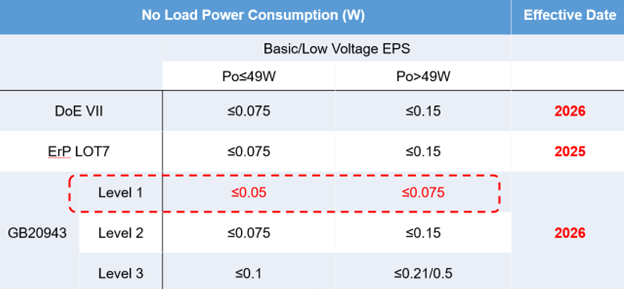
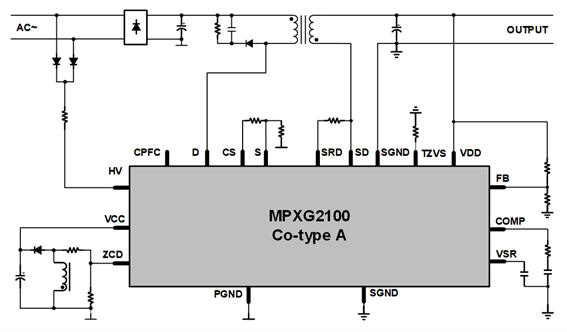



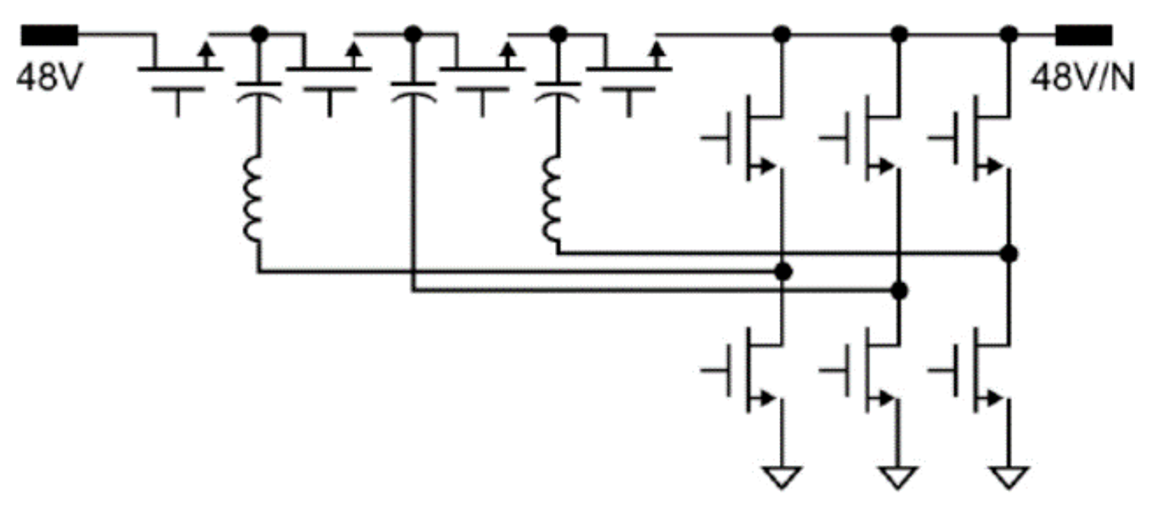
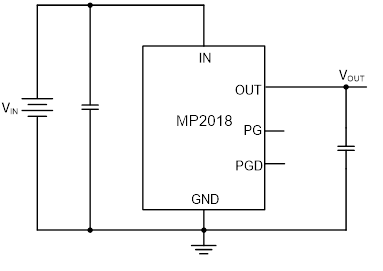
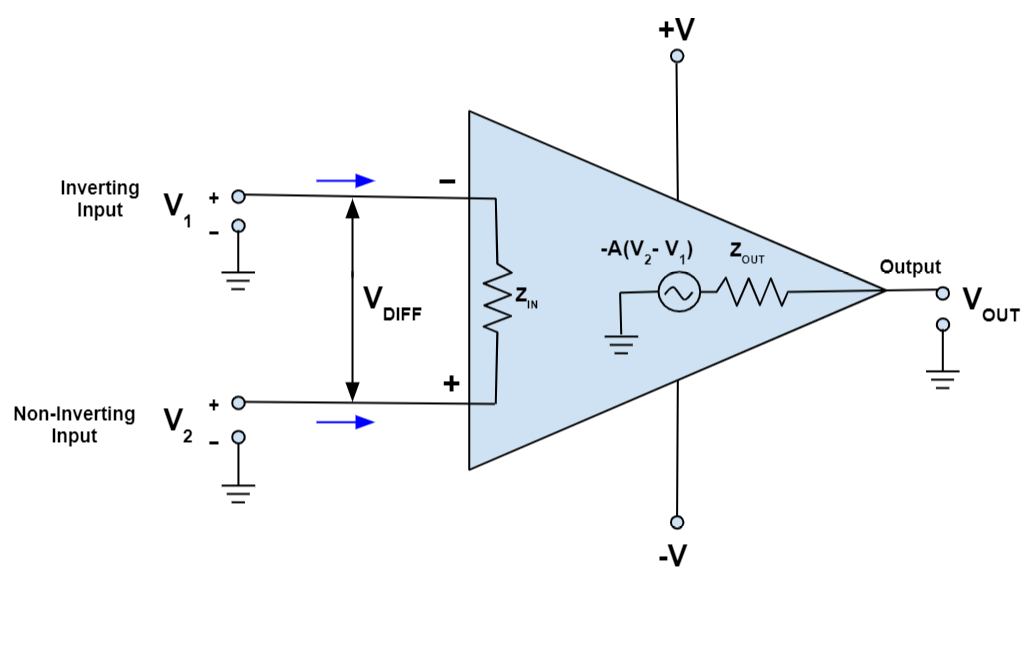
直接登录
创建新帐号